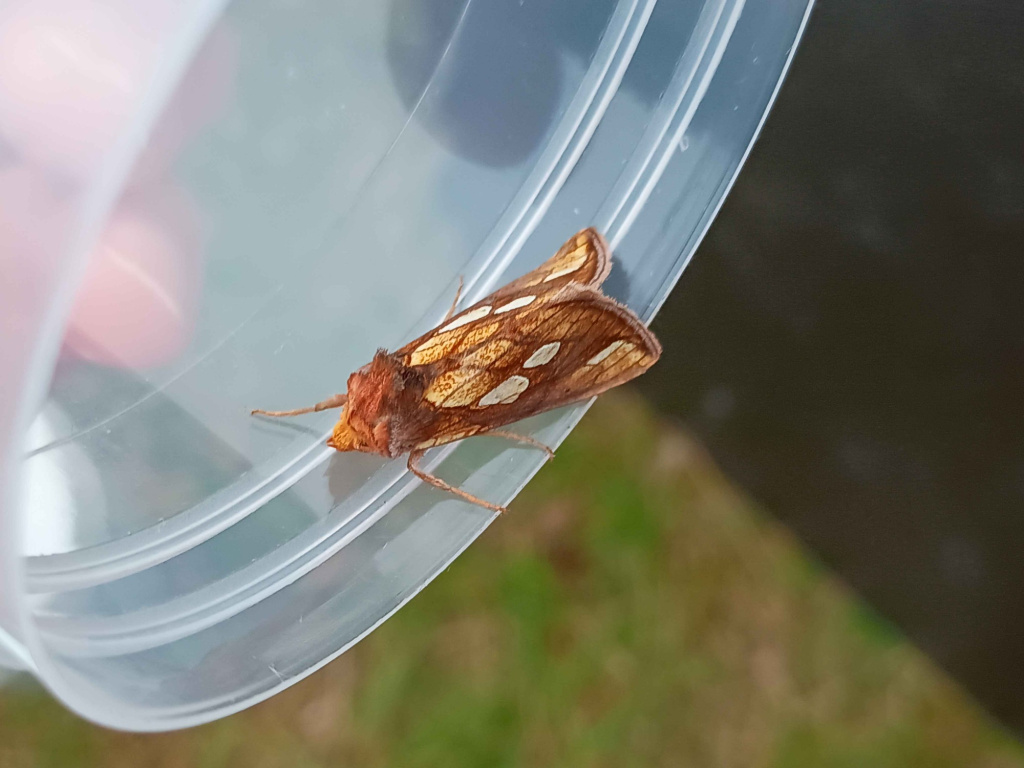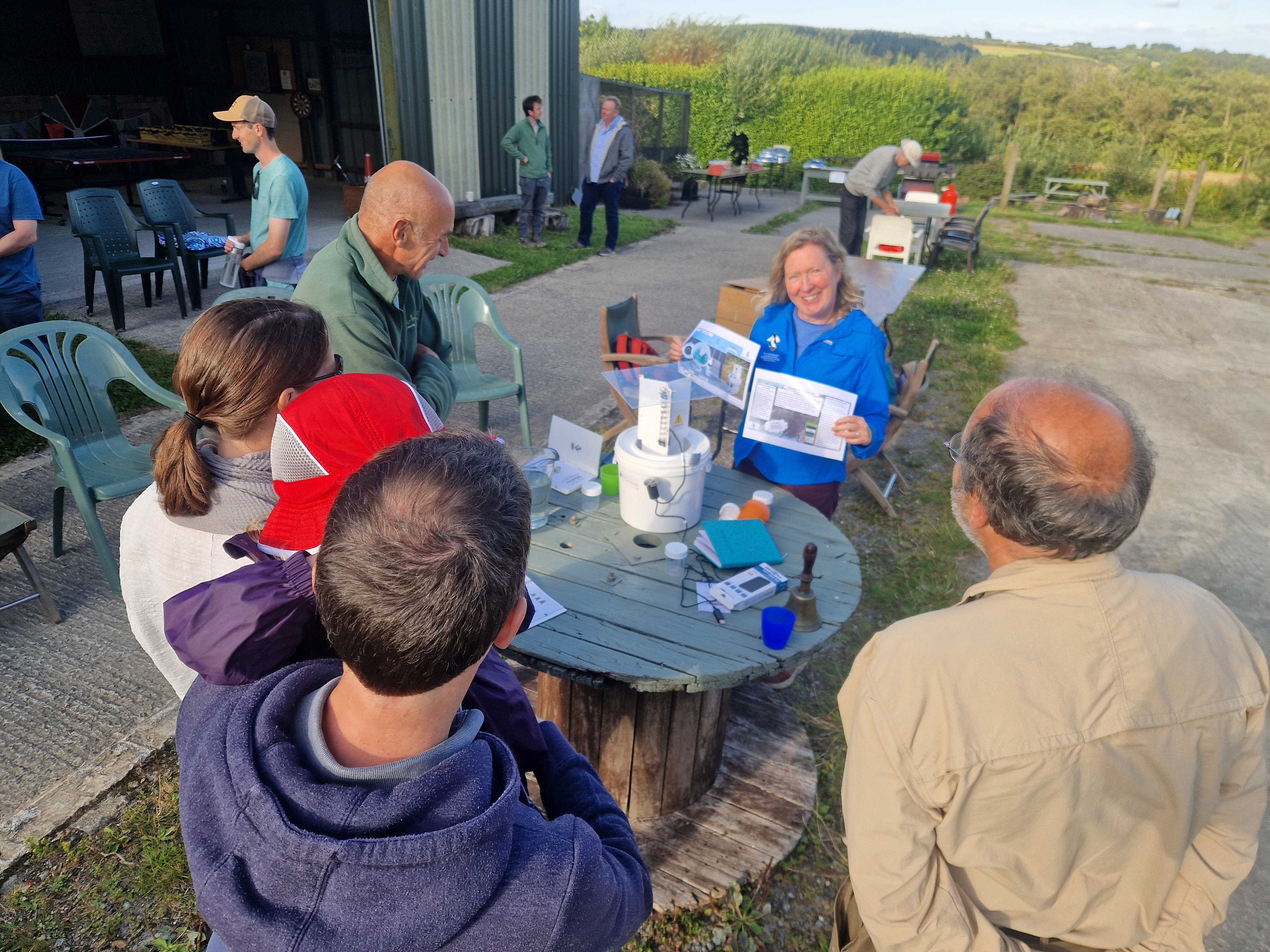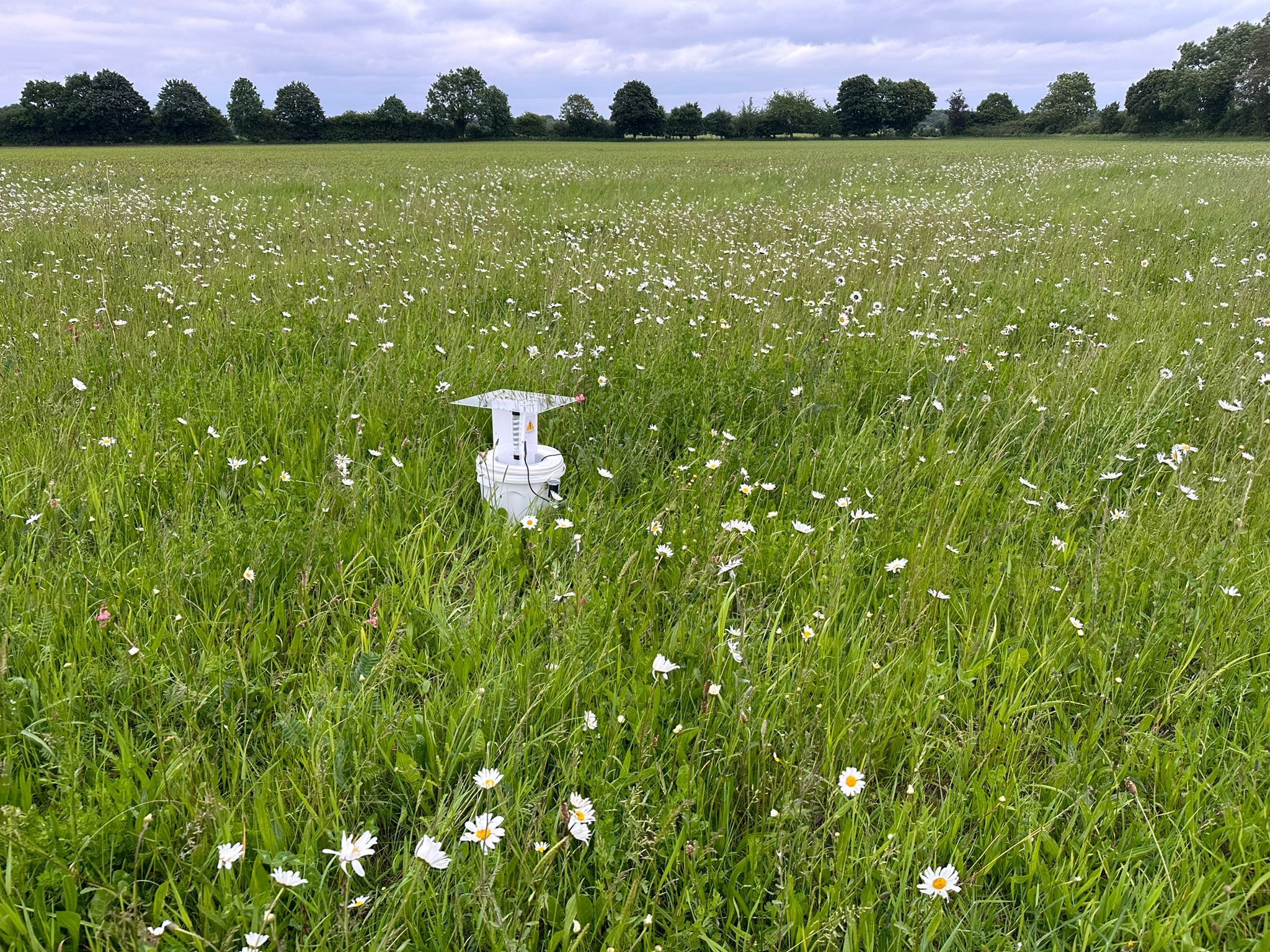From the Chilterns to Pembrokeshire, farmers have been enthusiastically getting involved in recording moths on their land as a result of work led by the UK Centre for Ecology & Hydrology (UKCEH), writes ecologist Dr Abigail Lowe...
Farmland covers a large part of the UK’s landscape and so plays a crucial role in supporting biodiversity. However, systematic data coverage from these areas is lacking, making it difficult to assess how biodiversity is faring, or predict how it may look in the future.
To tackle this challenge, UKCEH has been developing a cheap, robust and portable moth trap design to be used alongside e-Surveyor, an AI-based identification app that helps farmers without specialist knowledge record biodiversity on their land.
Through work funded by the Natural Capital Ecosystem Assessment (NCEA) programme, we engaged 21 farmers in southern England in summer 2024 to take part in a pilot to see how this method works in practice.

The pilot was a great success, with over 5,200 moth records collected between farmers – some scarce species were recorded, and the AI identification was correct for 93% of macro-moth photos. Some got staff and family members on board with recording moths, sharing the experience with others, and one farm included the traps in a summer holiday activity for children to explore wildlife.
Pembrokeshire National Park have built on our success in their Naturally Connected project to increase monitoring by landowners. Clare Flynn, project facilitator, described the response as “phenomenal... the whole moth thing going crazy here in Pembs”.
Sharing knowledge
Participants are passing traps to their neighbours, with people teaching each other how to use them and the e-Surveyor app, creating a ripple effect of skill-sharing and engagement. One landowner even hosted a ‘Moths, Meadows and BBQ’ event to bring people together to learn about moths. This is exactly the kind of impact that we aim for when we encourage people to get involved in citizen science.
About 50 landowners have either done moth trapping or attended events and collected more than 3,500 photographs of moths so far.
A Pembrokeshire moth expert, Paul Warren, is verifying the moth identifications for use by the National Park and Butterfly Conservation. Paul said: “It's really encouraging to see how landowners who would previously not really have given a moth a second look are now photographing all the moths they catch. With all the verification and feedback given to them it may make some more Pembrokeshire moth trappers, giving a wider area of records for us.”

So, what next? This summer, a group of farmers in the Thames River Basin area have been taking part in the moth monitoring as part of a European-funded project, called TRANSFORM.
We’re building a network of farmers to explore how farmers can be involved in monitoring the impact of different crop rotations on their farm. While there may be a degree of uncertainty when it comes to AI identification, what is clear is that it enables a new audience to explore biodiversity, make unexpected discoveries and make a difference for nature.
This growing network of farmer-led biodiversity monitoring exemplifies UKCEH’s commitment to turning data into actionable insight, supporting evidence-based decisions that benefit nature and people, in line with our strategy for impactful, collaborative research.
Further information
The initial pilot was supported by the Joint Nature Conservation Committee (JNCC), with funding coming from the Department for Environment, Food and Rural Affairs through the Natural Capital Ecosystem Assessment Programme. The moth monitoring work being delivered in Pembrokeshire National Park is funded through the park’s Naturally Connected project, supported by the National Lottery Heritage Fund.
The TRANSFORM project is funded by Horizon Europe, through the European Union (and UK Research and Innovation (UKRI).
See more on the e-Surveyor app.
Abigail Lowe

